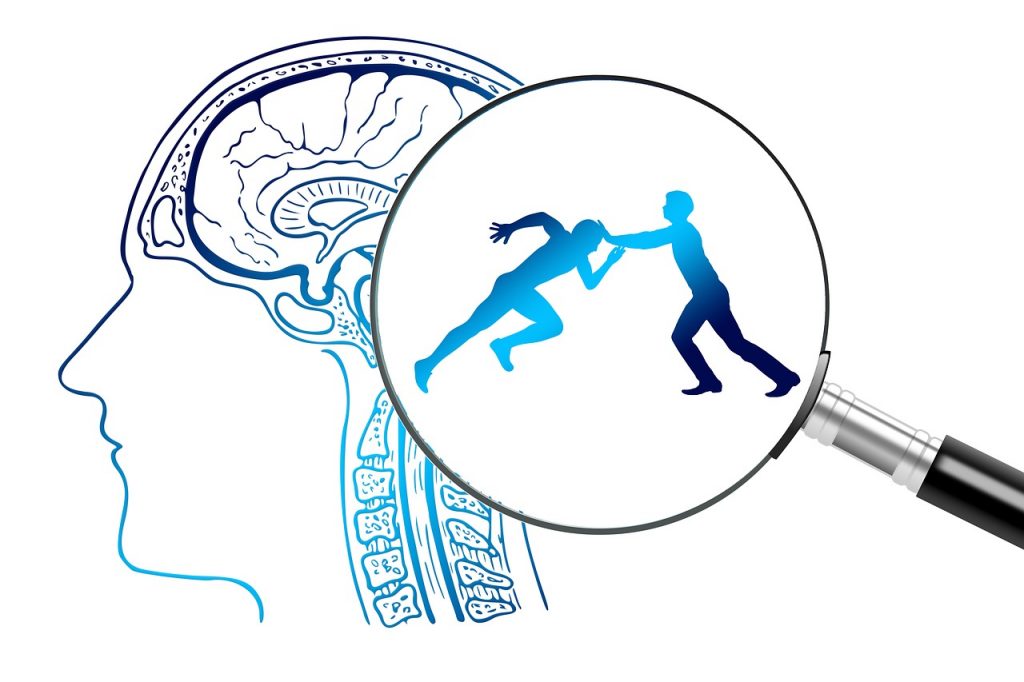
GUEST POST from Art Inteligencia
Change is an inevitable part of any organization’s growth and success. However, introducing change initiatives often encounters resistance from employees, hindering the pace and effectiveness of implementation. As human-centered design professionals, we play a crucial role in facilitating the smooth transition to change and addressing resistance head-on. In this article, we will explore effective strategies for managing resistance to change, supported by two compelling case studies, highlighting the real-world application of these strategies.
1. Understanding the Root Causes of Resistance:
Resistance to change can stem from various factors, including fear of the unknown, lack of trust, and perceived loss of control. Identifying the underlying drivers of resistance is essential for designing appropriate strategies. By focusing on the human aspect, we can ensure a smoother transition.
Case Study 1: Bridging the Gap in a Digital Transformation Initiative
Company X, a traditional manufacturing firm, embarked on a digital transformation initiative to streamline its operations. However, employees resisted the changes, fearing job redundancies and loss of established routines. To address this, human-centered design professionals engaged in dialogue with employees, organizing training sessions to dispel misconceptions and provide clarity on how the change would empower them. By proactively involving employees in the change process, resistance gradually diminished, leading to successful adoption.
2. Effective Communication and Collaboration:
Transparent communication and active collaboration have proven to be effective strategies to overcome resistance. By instilling a sense of purpose and involving employees in decision-making, organizations can foster buy-in, which is instrumental in driving change initiatives forward.
Case Study 2: Encouraging Change Adoption through Collaboration
Company Y, a large retail chain, aimed to implement a new employee appraisal system. However, the proposed system was met with resistance due to concerns about fairness and lack of employee involvement in the decision-making process. Human-centered design professionals facilitated brainstorming sessions with cross-functional teams, seeking input on system design, and co-creating solutions. This collaborative approach empowered employees and ensured a fair and transparent appraisal system, resulting in successful change adoption.
3. Empathy-led Approach:
Empathy plays a crucial role in managing change and addressing resistance. By understanding and addressing the emotional aspects associated with change, human-centered design professionals can build trust and create a safe environment for employees to voice their concerns.
Case Study 1 (Continued): Demonstrating Empathy in Change Management
To address the fears regarding job redundancies at Company X, the human-centered design team facilitated open forums, where employees’ concerns were acknowledged and validated. Additionally, they provided personalized support, such as training programs to upskill employees, assuring them of their value in the organization’s new direction. This empathetic approach helped alleviate resistance and fostered a collaborative environment conducive to change.
Conclusion
Managing resistance to change is a critical skill for human-centered design professionals. By understanding the causes of resistance, promoting effective communication and collaboration, and implementing empathetic strategies, we can help organizations navigate change successfully. The case studies presented here highlight the significance of these strategies in overcoming resistance and driving successful change adoption. As agents of change, we have the opportunity to revolutionize workplaces by fostering a culture that embraces transformation and empowers employees throughout the journey.
Bottom line: Futurology is not fortune telling. Futurists use a scientific approach to create their deliverables, but a methodology and tools like those in FutureHacking™ can empower anyone to engage in futurology themselves.
Image credit: Pixabay
![]() Sign up here to get Human-Centered Change & Innovation Weekly delivered to your inbox every week.
Sign up here to get Human-Centered Change & Innovation Weekly delivered to your inbox every week.